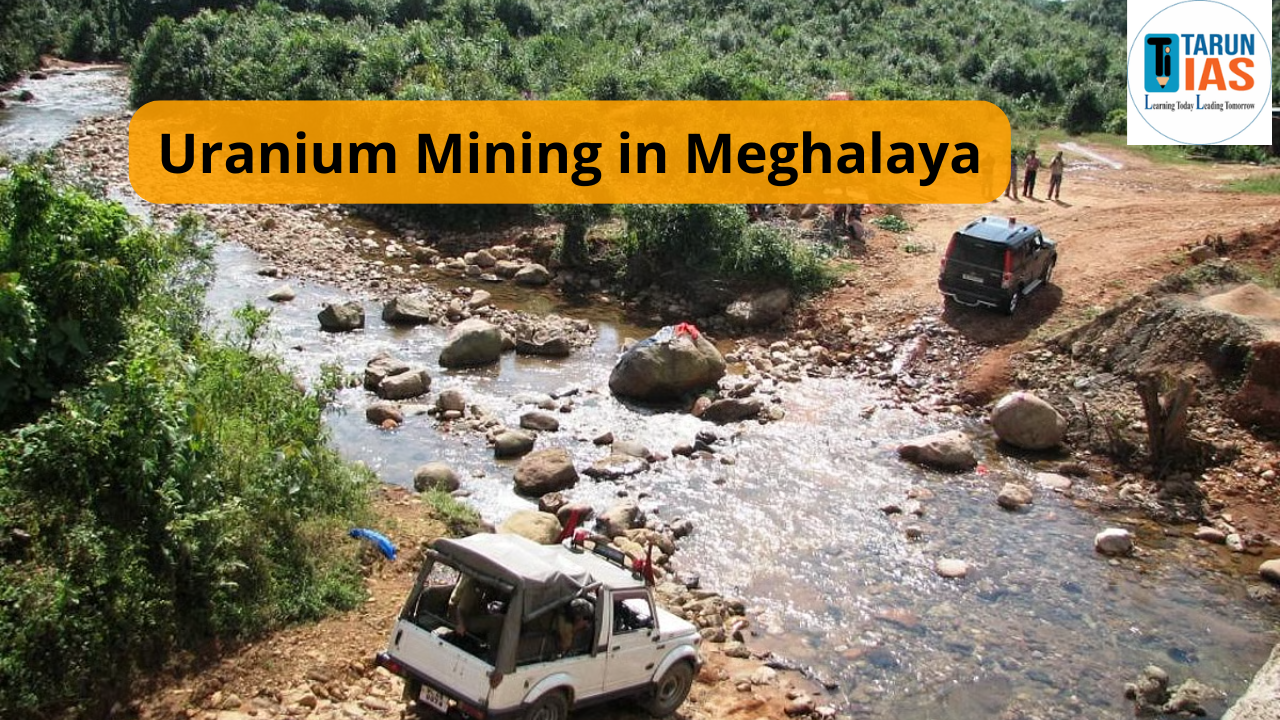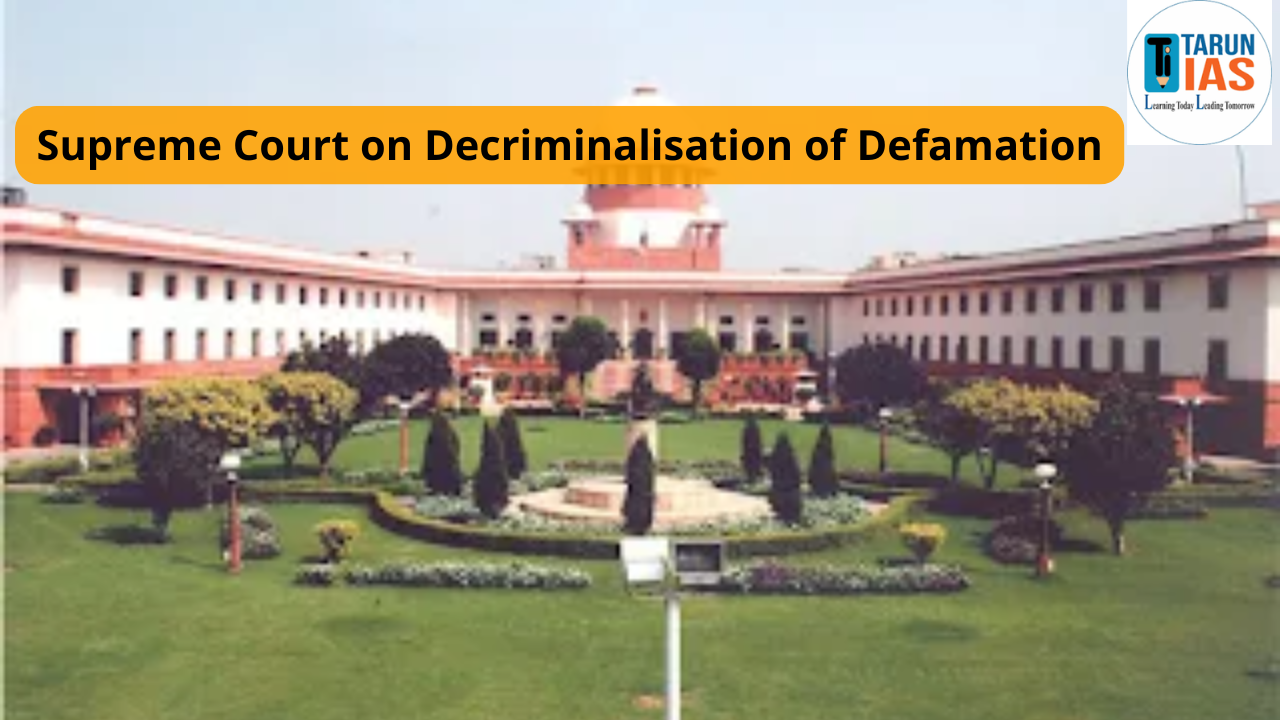Phasing Out Coal in India Introduction
- Phasing out coal is one of the most significant challenges India faces in its path toward sustainable development.
- A report by the International Forum for Environment, Sustainability, and Technology (iForest) estimates that India will need over $1 trillion (approximately ₹84 lakh crore) over the next 30 years to transition away from coal. Even as the country accelerates its renewable energy initiatives, coal is likely to remain a key part of India’s energy mix for at least another decade.
- To meet the goal of net-zero greenhouse gas emissions by 2050, The Energy and Resources Institute (TERI) stresses that India must completely phase out coal. However, with 94 GW of new coal-based power plants planned or under construction, achieving this target involves complex socio-economic and logistical challenges.
Global Coal Usage Trends
- China’s Dominance: China consumes nearly half of the world’s total coal, making it the largest global consumer.
- Major Exporters: In 2017, G20 countries accounted for 85% of global coal exports, with Australia (37%), Indonesia (16%), and Russia (12%) leading the market. Reducing coal demand could disrupt these economies, resulting in job losses and reduced export revenues.
- Dependence on Coal Energy: About 30% of the G20 countries’ primary energy needs are still met by coal, demonstrating the continued importance of this fossil fuel.
- Transition in Developed Economies: Countries like the United Kingdom, France, Italy, and the United States have adopted policies such as carbon taxes and pre-retirement of coal plants to accelerate their shift to cleaner energy sources.
India’s Current Coal Dependence
- Second-Largest Producer: India ranks second in global coal production.
- Fifth in Reserves: India possesses around 7% of the world’s total coal reserves, the fifth-largest globally.
- Coal’s Share in the Energy Mix: Coal accounts for 48.3% of India’s energy consumption, with renewable energy contributing approximately 44.3%.
- Coal Imports: Despite being a major producer, India is the third-largest coal importer among G20 countries, handling 12% of global imports. Most of this coal is used for power generation and captive power plants (CPPs).
Why Phasing Out Coal is Crucial?
- Climate Change Mitigation: The IPCC’s Special Report on Global Warming of 1.5°C highlights that eliminating coal use by 2050 is essential to limit temperature rise to within 1.5°C.
- Health Benefits: Coal combustion contributes to severe air pollution, causing over 800,000 premature deaths annually. Transitioning away from coal can significantly reduce health-related costs and illnesses.
- Economic Efficiency: Shifting from coal will reduce healthcare expenditures and productivity losses due to pollution-related health issues.
- Energy Independence: Reducing coal imports strengthens India’s energy security, improves the balance of payments, and reduces geopolitical vulnerabilities in resource procurement.
- Lower Cost of Renewables: By 2025, electricity from new renewable energy projects is expected to be more cost-effective than new coal plants, encouraging investments in green energy.
Challenges in Phasing Out Coal
- Economic Impact on Coal-Rich States: India’s coal reserves are concentrated in Jharkhand, Odisha, and Chhattisgarh, which hold 68% of the country’s 319 billion tonnes of reserves. Phasing out coal could adversely affect the economies of these resource-dependent states.
- Job Losses: Over 3.6 lakh workers are employed by public sector coal companies, with many more working in private mines, thermal power plants, and related industries. Transitioning from coal could trigger widespread unemployment.
- Reduced Government Revenue: The central government collected ₹29,200 crore through GST compensation cess on coal in FY20. A decline in coal use would reduce tax revenues significantly.
- Impact on Freight Revenue: Coal contributes nearly 40% of Indian Railways’ freight earnings. A shift away from coal would affect logistics sectors, including rail and road transportation.
- Stranded Asset Risk: With policy shifts favoring renewables, coal plants could turn into stranded assets, diminishing their value and becoming financial liabilities.
- High Transition Costs: Germany’s coal phase-out, which includes compensations for mine operators, costs more than €50 billion. Implementing a similar model in India would be financially challenging.
Global Efforts in Phasing Out Coal
- Germany: Germany aims to phase out coal by 2038 with a budget exceeding €55 billion to support affected regions and shut down coal mines and plants.
- South Africa: South Africa’s Just Energy Transition Investment Plan (JET-IP) has secured financial support from countries like the UK, France, Germany, and the US. This funding will facilitate investments in renewable energy and help the nation reduce its reliance on coal.
Way Forward
- Scale Up Renewable Energy: India must accelerate its adoption of solar, wind, and hydropower to achieve 90% renewable energy in its power mix, as recommended by TERI.
- Improve Energy Efficiency: Investing in energy-efficient buildings, appliances, and industries will ease the transition from coal. States and Union Territories should follow Ladakh and Sikkim’s lead by adopting carbon-neutral strategies.
- Develop Carbon Sequestration: India must promote both natural and artificial carbon sequestration techniques. Using biofuels in agriculture and transportation can further reduce emissions.
- Boost Public and Private Investments: Phasing out coal will require a blend of public funding through subsidies and grants, along with private investments in green infrastructure.
- Utilize DMF and CSR Funds: District Mineral Foundation (DMF) funds, valued at nearly $4 billion, along with corporate social responsibility (CSR) funds, can be utilized to promote economic diversification in coal-dependent regions.
- Address Stranded Asset Risks: India must carefully plan the decommissioning of coal plants and invest in alternative industries to mitigate the financial risks of stranded assets.
Conclusion
Phasing out coal is essential for India to meet its climate goals, reduce air pollution, and ensure energy security. However, the transition must be managed carefully to avoid socio-economic disruptions, particularly in coal-rich states. Developed nations, which benefited from coal-powered industrialization, need to adhere to the principle of Common but Differentiated Responsibilities and Respective Capabilities (CBDR-RC). This will allow developing countries like India the time and support necessary for a smooth transition. With the right policies and investments, India can overcome these challenges and move toward a cleaner, more sustainable future.















